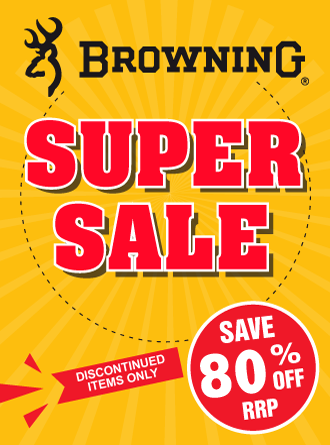The Copper coated lead shot
Eley Hawk, is a brand that has worked with copper-coated shot since 1992. Eley's first cartridge that incorporated copper-coated lead was the Classic Game paper case which was designed for use in traditional side-by-sides. Their latest cartridge, The Eley Zenith, was released in 2015 to suit modern over-unders.
Why copper?
“Our engineers realised that the key to creating consistent shot patterns at range lies in ensuring that individual pellets can fly as straight as possible,” says David. “To achieve this they tried various things, but the one test which proved most efficient whilst remaining affordable was applying a thin coat of copper to the lead shot.”
As the element is much harder and smoother than lead, a coating of copper around the softer lead shot is said to reduce the friction between the shot from the cartridge and the walls of the barrel, which minimises premature deformation, yet remaining malleable enough at a typical range to transfer enough energy into a bird’s tissue and organs to kill it humanely.
How?
Adding copper plating is a relatively simple process, and takes place once all normal stages of creating lead shot have been completed. The lead shot is bathed in a special ionic solution – a bath of dissolved copper in water and chemicals – which is then exposed to a direct electronic current. With voltage applied, the copper particles act as an anode (positive terminal) and the lead a cathode (negative terminal), thus the copper is attracted to the lead and sticks firmly and, hopefully, seamlessly to it.
The length of exposure and strength of electricity in this process is crucial. “For example, too much time in the solution will overcoat the lead and make it overly large and heavy,” says David, “and too high a voltage will cause hydrogen bubbles in the solution and lead to imperfections in the lead and overall finish.”
Other factors
Having 'improved' the quality and characteristics of the shot, it would also make sense that the other components that make up a cartridge should be developed, too. “The powders we use are of the highest quality possible, to ensure that the burn is clean and consistent, and prevents balling of the shot,” admits David. “And we also use bespoke fibre wads.”
Tailored for copper shot, these wads are made of a higher density fibre to that used in standard cartridges, which adds further integrity under firing and prevents the now harder shot embedding into the wad – thus, adding even more consistency.
To bear in mind
In the current market, copper-coated shot sits at around six per cent more expensive than premium lead shot. “We have tested our Zenith cartridges against our premium lead loads on pattern plates out to 15–20 yards – using the same gun, chokes and barrels – and have found that the Zeniths have approximately 40 per cent more pellets within a 30inch circle. The general industry-wide consensus is that within the circle there should be no less than 120 pellets, with the copper coated product the average is 172. So, if you really think about it, you are getting a lot more shot for your money,” says David. really think about it, you are getting a lot more shot for your money,” says David.
Reflections
At the end of the day, regardless of the technology, no cartridge will make you a better Shot. Shoot what you are confident with and know that if you put it in the right place, the bird will be killed quickly and efficiently. And if you are still curious, why not experiment a little at the pattern plate with a few different cartridges and investigate the matter yourself?

